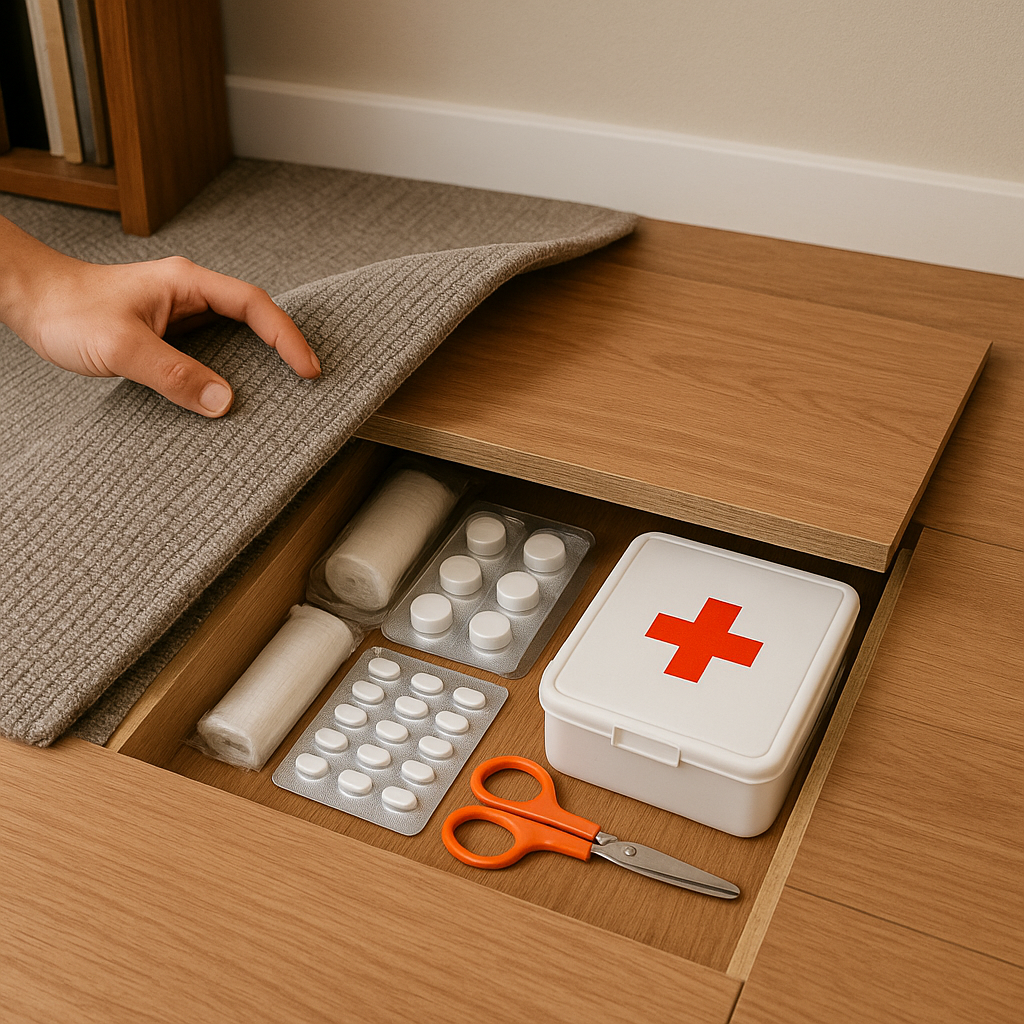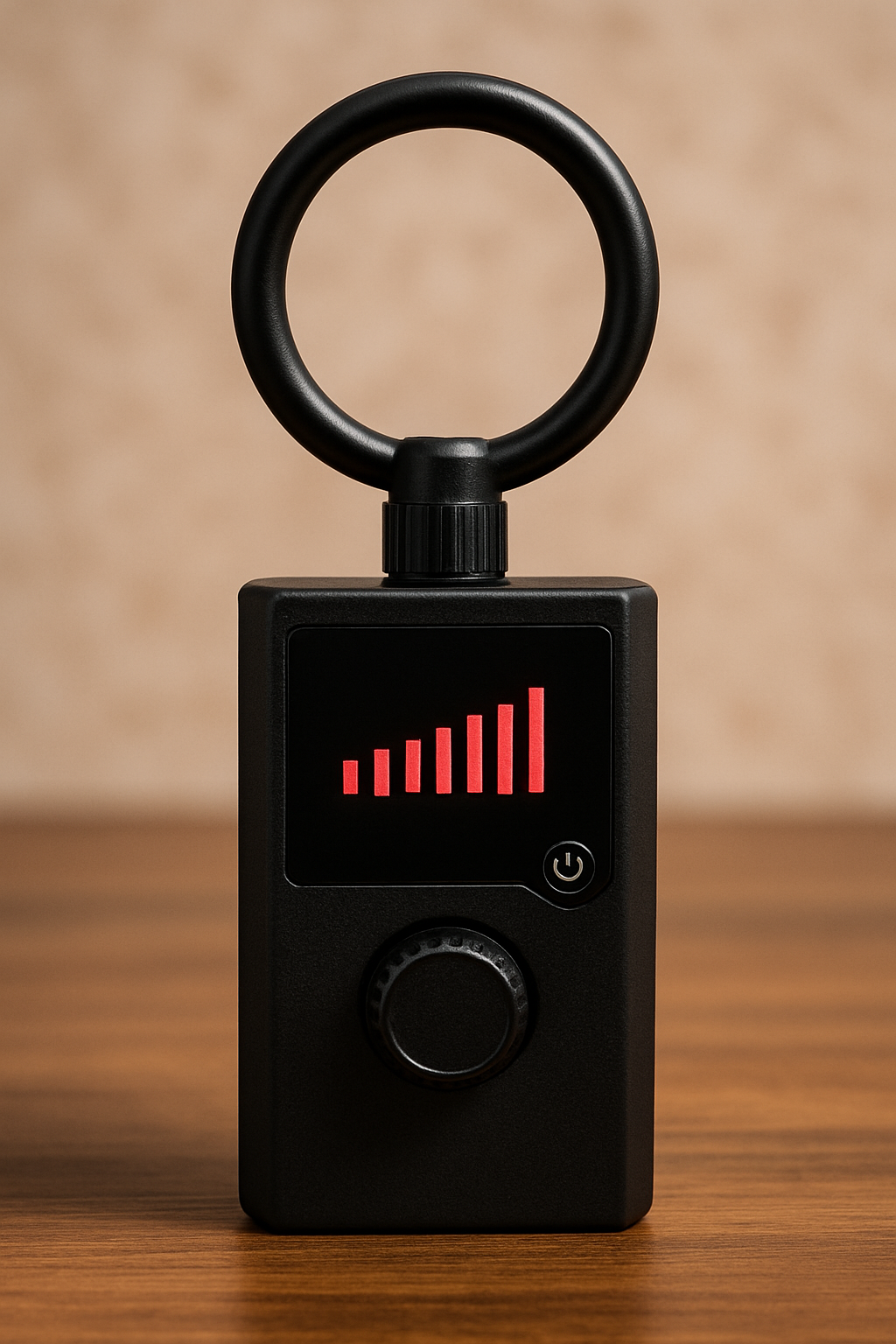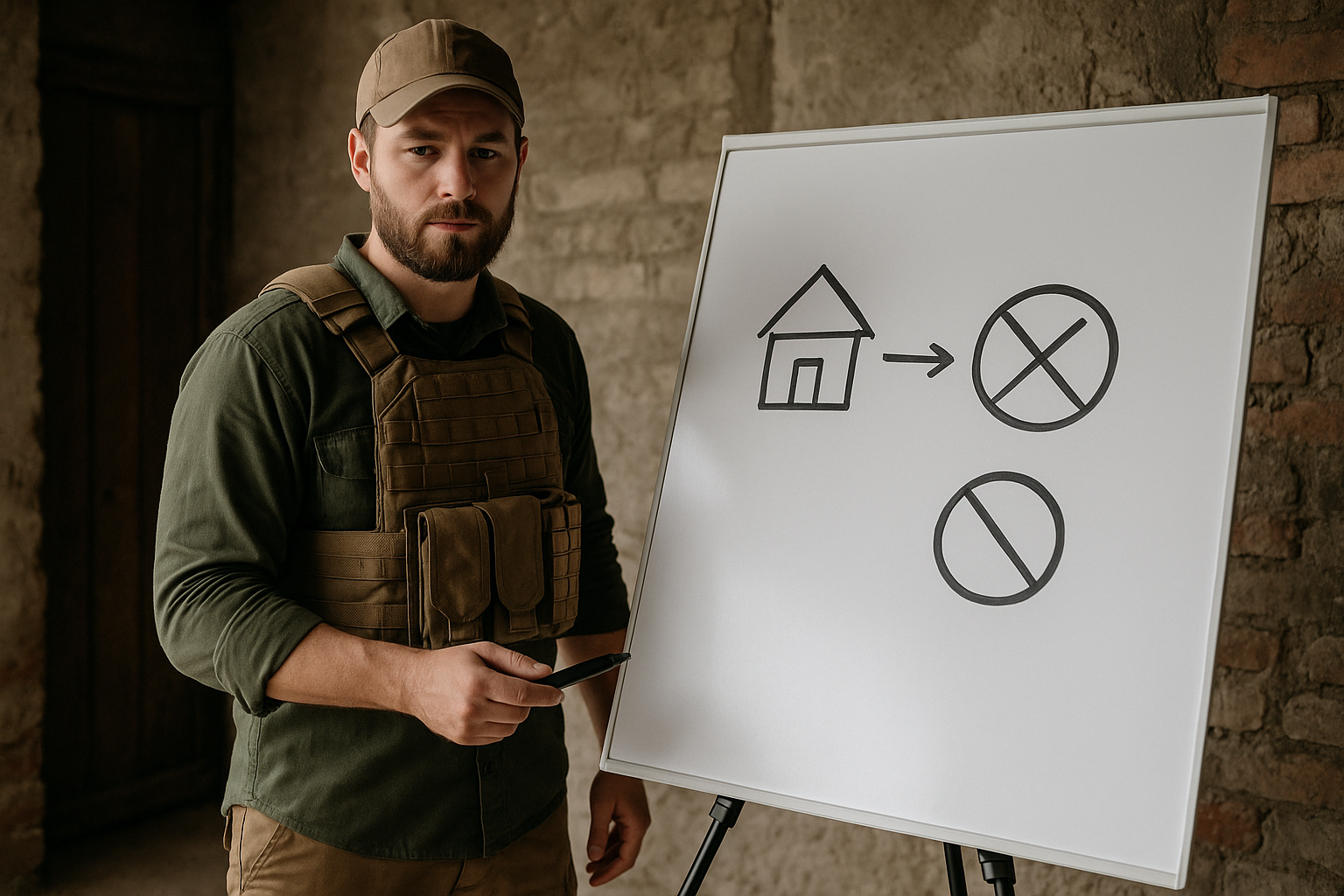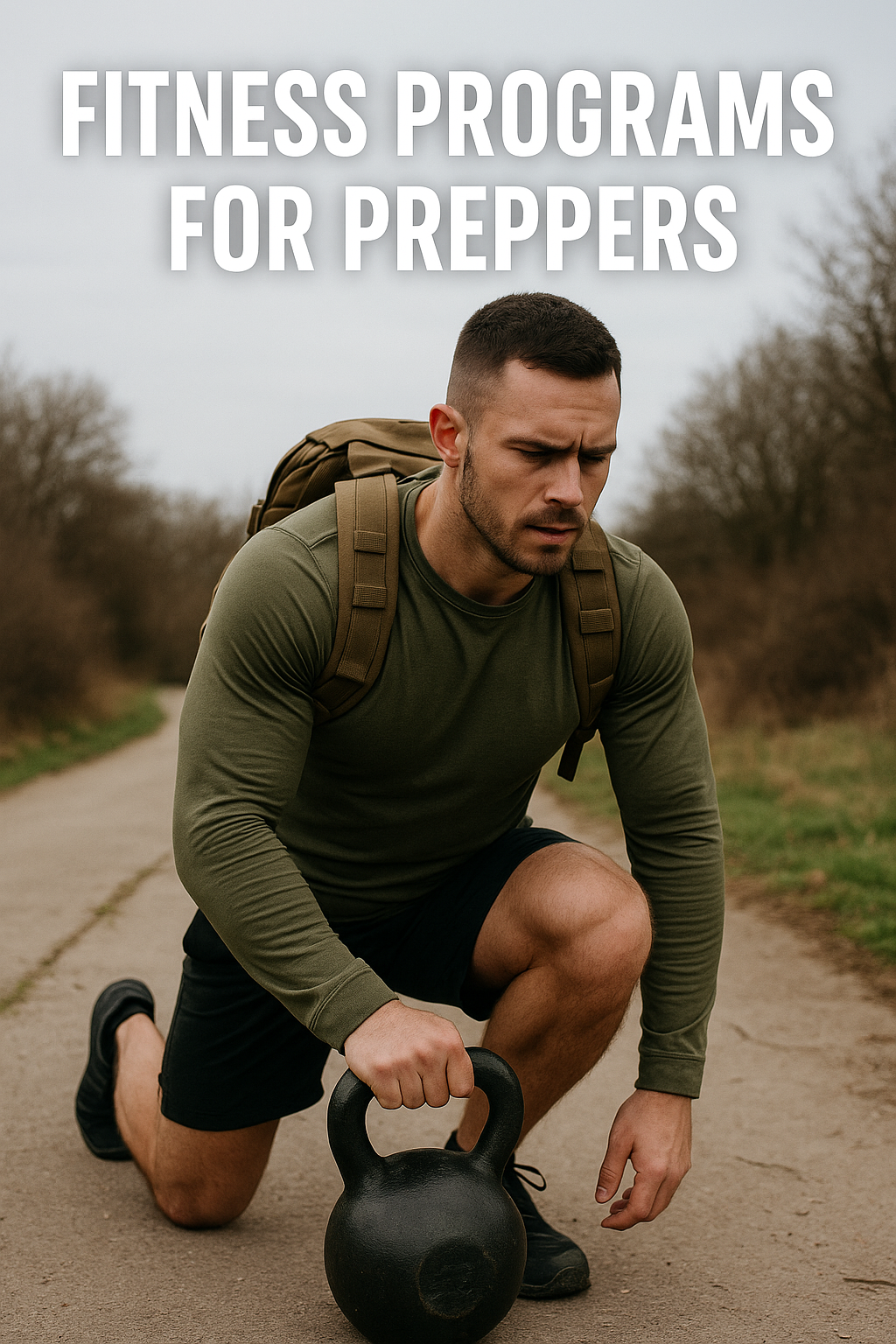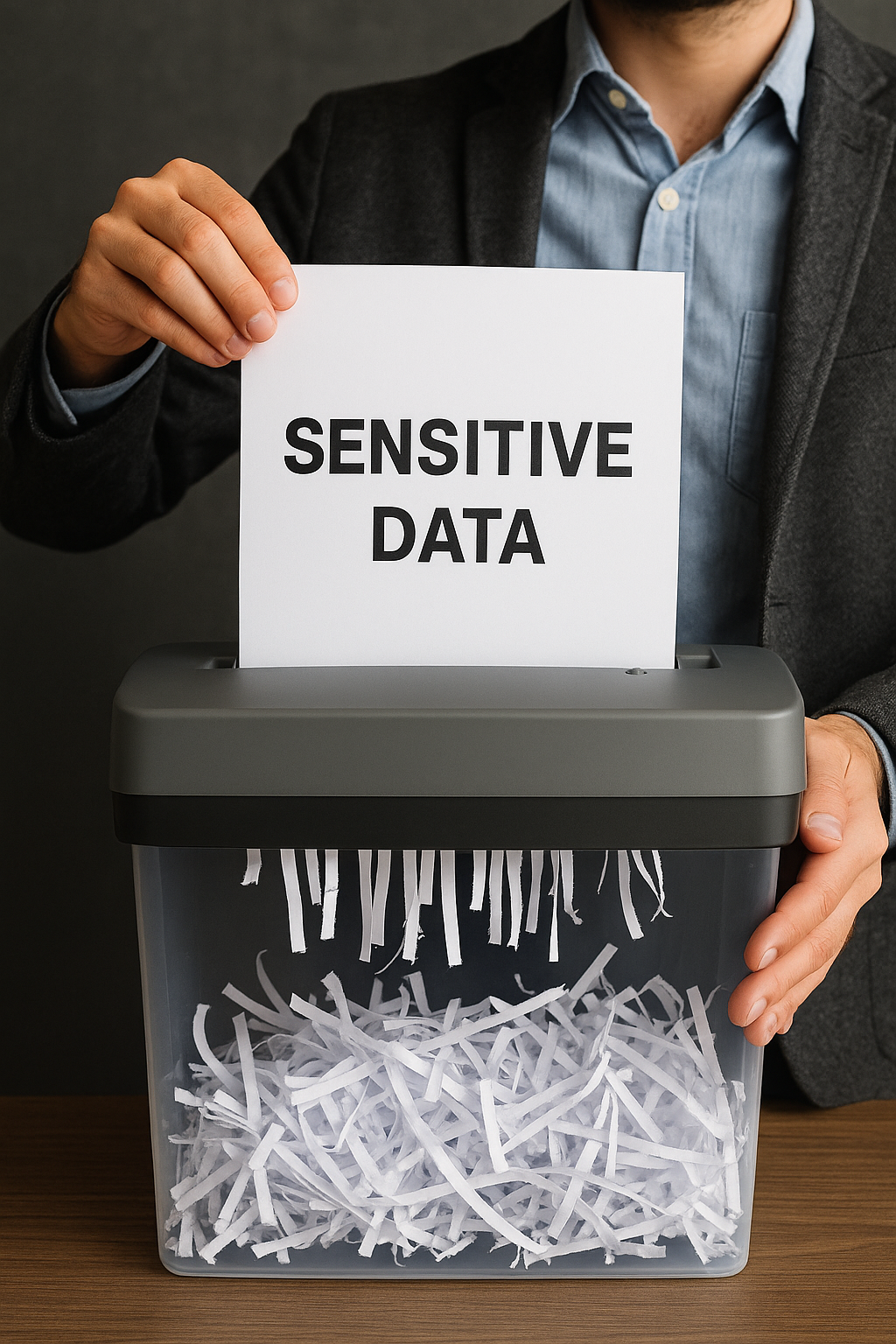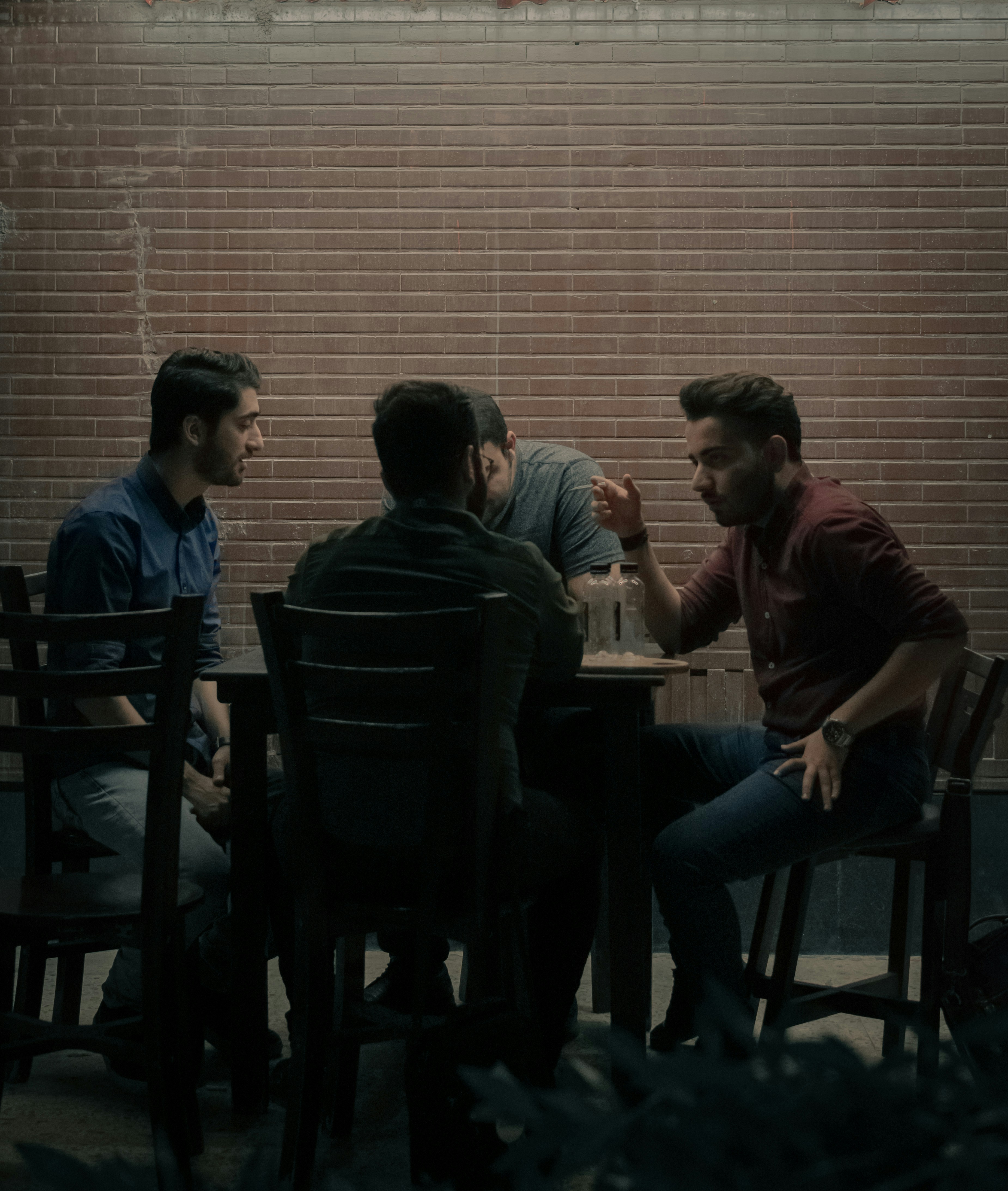When living or operating in an urban environment, knowing how to effectively conceal yourself can be a critical skill, especially in emergency situations where blending in or hiding from various threats becomes necessary. Here’s a guide on urban concealment strategies that will enhance your preparedness and situational awareness.
Understand Your Environment
Before employing any concealment techniques, you must first understand the environment around you. Urban settings are characterized by dense human populations, buildings, vehicles, and a mix of different textures, colours, and patterns. Your concealment strategy should take into consideration the myriad of hiding places and visual distractions these elements provide. You can also augment them with things like Camouflage netting and materials.
Color and Pattern Matching
Concealment starts with how you look. Your clothes should match the general color scheme of the urban environment. Earth tones are less useful here than grays, blues, and other neutral colors found in cities. Patterns that break up your silhouette, like those used in urban camouflage, can help you blend into the background noise of the urban environment.
Blend with the Crowd
In many situations, the best way to remain unnoticed is to blend in with the crowd. In an urban emergency, if it’s safe to do so, move with groups of people without drawing attention to yourself. Avoid standing out by dressing similarly to those around you and mimicking their behaviours while remaining vigilant.
Use Architectural Features
Urban landscapes are filled with architectural features that can provide concealment. Doorways, columns, alcoves, and shadows cast by buildings offer temporary hiding places. Notice how the light changes during the day and analyze potential hiding spots accordingly.
Vehicular Concealment
Cars, trucks, and buses can provide quick cover. They have shadows and blind spots, making them suitable for disappearing from view temporarily. However, be mindful of reflective surfaces as they could give away your position.
Man-Made Obstacles
Fences, walls, dumpsters, and other large objects can conceal your presence. These barriers block the line of sight of anyone searching for you and provide a physical shield if necessary.
Evasion Techniques
When moving from one concealed position to another, use evasion techniques to reduce your chance of detection. Avoid straight-line movements across open spaces, which are easy to track. Instead, moving in a zigzag or irregular pattern makes you less predictable.
Situational Awareness
Situational awareness is crucial to effective concealment. Always be aware of your surroundings, including potential threats and escape routes. Understanding human behavior and common patterns can help you anticipate how people are likely to move through the environment so you can avoid drawing attention.
Technology and Surveillance
Understand that modern urban environments are often blanketed with surveillance systems. Cameras and drones are omnipresent, so moving without being captured by CCTV can be challenging. Using hats, sunglasses, and scarves to obscure identifying features and being mindful of blind spots can provide an edge. You can also review Anti-surveillance devices.
Leave No Trace
Being able to conceal your presence also means leaving no evidence behind. Avoid littering, leaving fingerprints, or disturbing the environment in a way that draws attention.
Training and Practice
Like any emergency preparedness skill, concealment strategies require practice. Regularly testing these techniques in a safe and legal manner will bolster your confidence and proficiency. Mock drills simulating an urban escape can be invaluable in honing these skills. Make sure to create a disaster plan.
In conclusion, urban concealment is about blending in with the environment, understanding human patterns, and using the features of the landscape to your advantage. Always prioritize your safety and legality in your actions, and consider these strategies as a last resort when conventional safety measures are insufficient. Remember, preparedness is about having a plan and the skills to implement it effectively.
